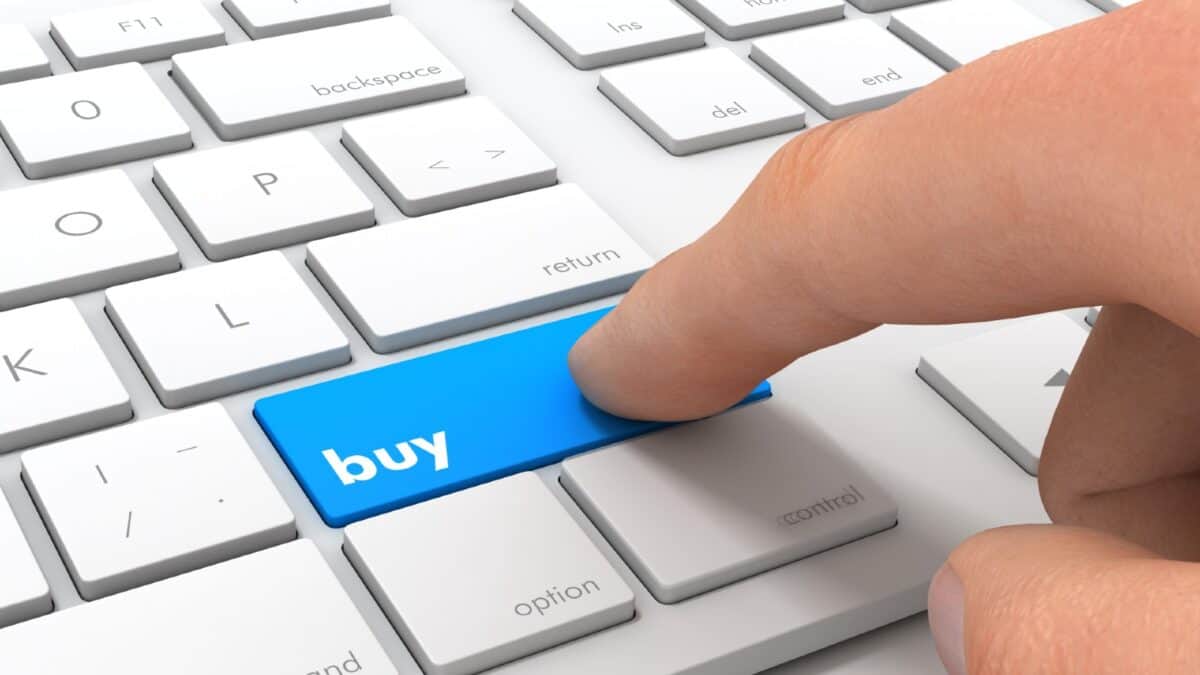- Ripple has maintained a long-term commitment to ISO 20022, aligning its technology with global payment messaging standards early on.
- Ripple’s RLUSD launch marks continued innovation, though XRP’s recent dip reflects broader market fears, not internal missteps.
Since Ripple’s inception, its innovativeness in fin-tech has been centralized around augmenting global payments. In the referential talk by SMQKE, Marcus Treacher, the ex-head of the Ripple tech team, shed more light on the company’s consistent and long-standing position about ISO 20022—a standard that could potentially be the next big thing in global financial messaging.
SMQKE has also pointed out that the ISO 20022 protocol, which enables data to be shared among financial systems without any interruptions, appeared in 2004—the year of Ripple’s establishment. This parallelism, as argued by SMQKE, is something worthy of citation. As other companies are still trying to adopt the new compliance framework, Ripple has never ceased to make everything ready for compliance from the beginning till now.
“We’ve always had a real focus on removing all that friction,” Treacher said, emphasizing the company’s intent from the beginning.
RippleNet, established in 2016 and 2017, was a direct response of Ripple to the fragmented condition of the market of cross-border transactions. It took on a logical supervision layer, which was a good fit for the ISO 20022’s call for uniform, enriched financial messaging. RippleNet was always focused on and prioritized the accuracy and complement of the data parallel to the payments it handled.
Ripple’s Early Advantage in Global Payments
Each traditional SWIFT and TIPS network is still using old messages that they operate with. Ripple, in turn, migrated to the new standard with compatibility in mind. Despite this, the U.S. Federal Reserve is not free of the problem with the old infrastructure. ISO 20022 is a standard that addresses these issues, and Ripple has not only accepted the transformation but has also welcomed the shift.
Treacher emphasized that Ripple’s idea was more of making the process of moving across borders simple, better than anything to a certain technology. At first, XRP was used for liquidity provision between different fiat currencies, and then later, its role was taken by the Interledger Protocol, which was faster for fiat-to-fiat transactions.
Pegah Soltani, Ripple’s Head of Payments Products, echoed this focus in a separate interview shared by SMQKE. She described ISO 20022 as a global standard that boosts competition, encourages innovation, and delivers better data within each transaction. Her comments underscore Ripple’s broader ambition to not just be compliant—but influential.
RLUSD, Tariffs, and a Ripple Effect
After protocol integration, Ripple’s advancement didn’t come to a standstill. As an example, RLUSD, a dollar-backed stablecoin, was brought to the Ripple Payments system by the company in April 2025. The coin, which was released just the past December, has a market capitalization of $250 million.
Still, not everything has been smooth sailing. XRP, Ripple native token, is 5.25% surge amidst the President Donald Trump announced a new wave of tariffs, triggering market-wide concerns.
Recommended for you:
Credit: Source link














